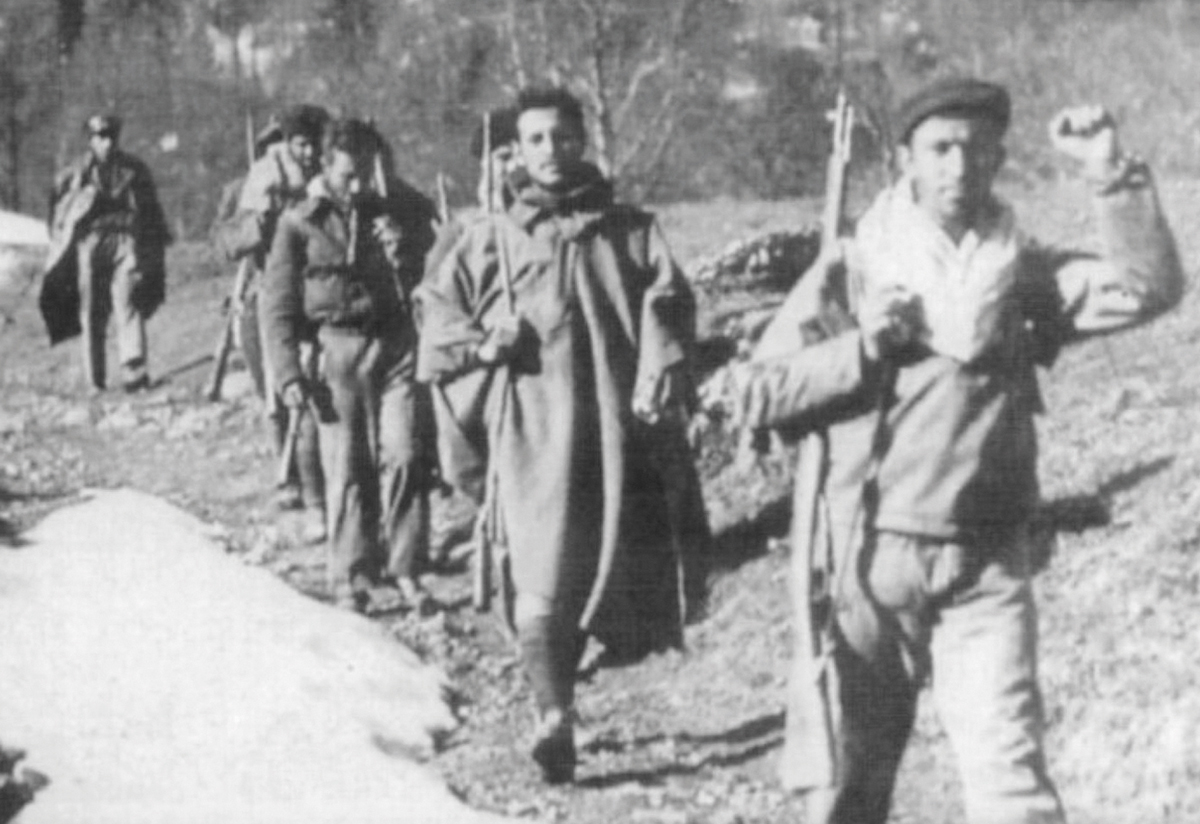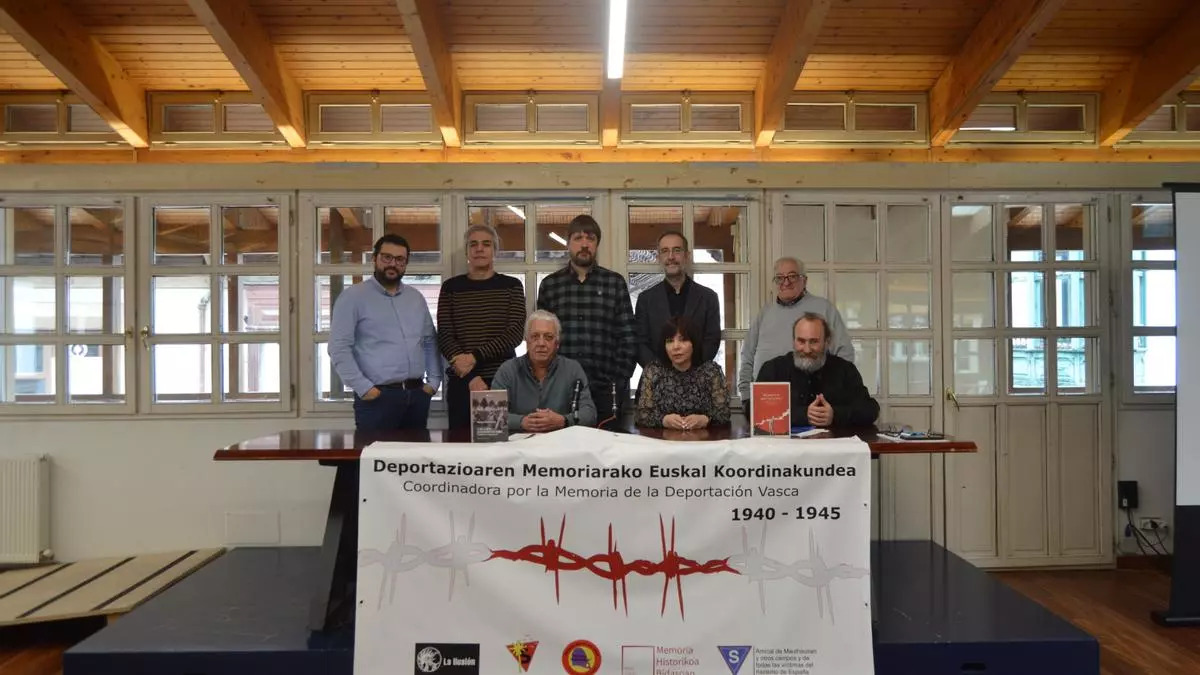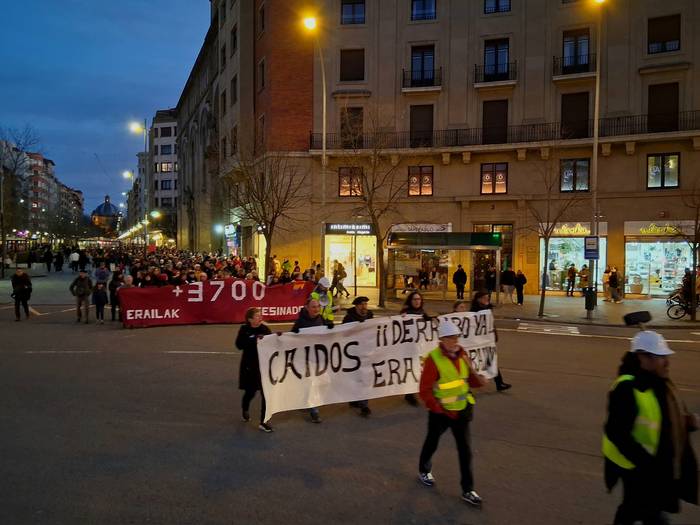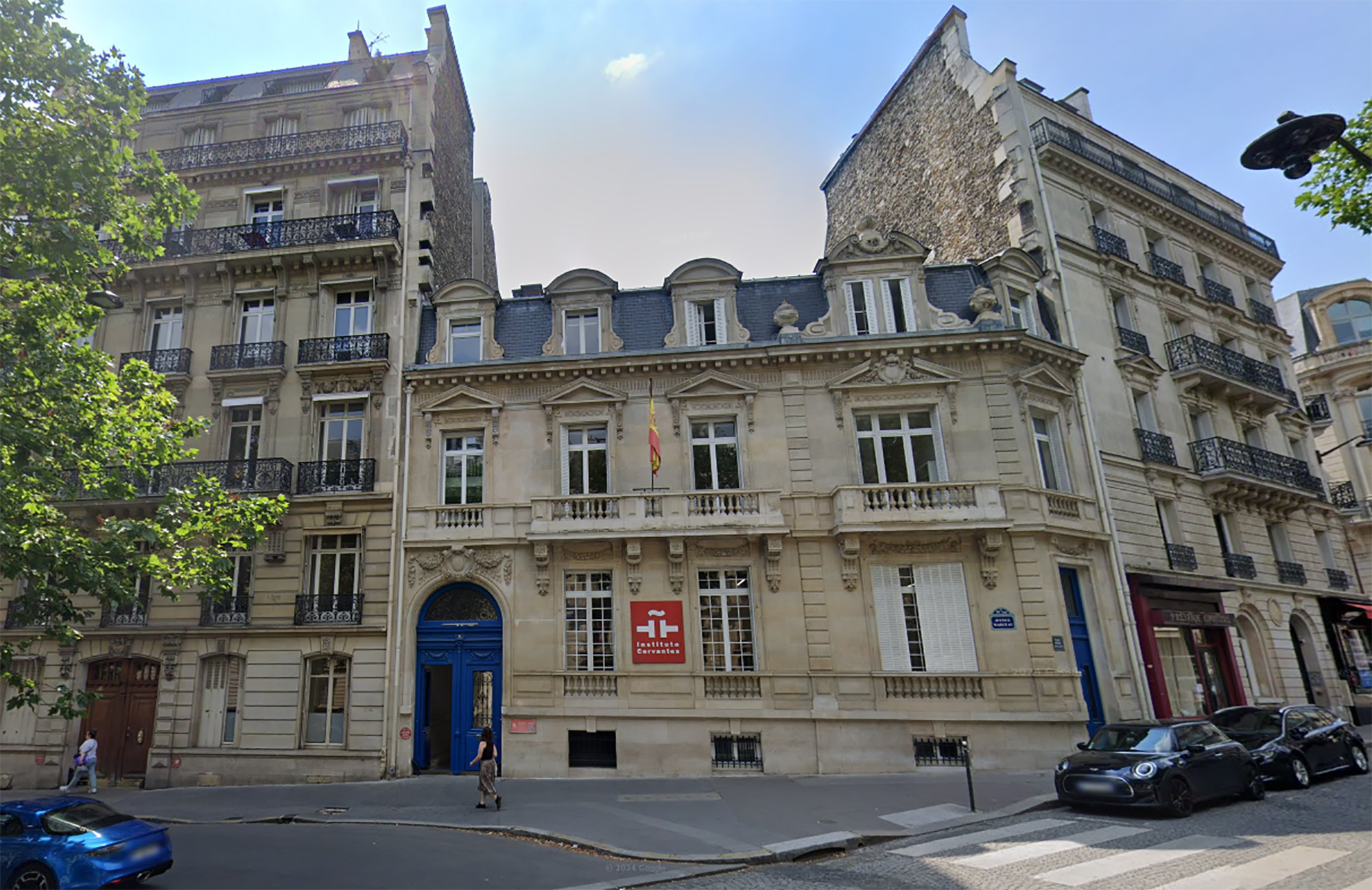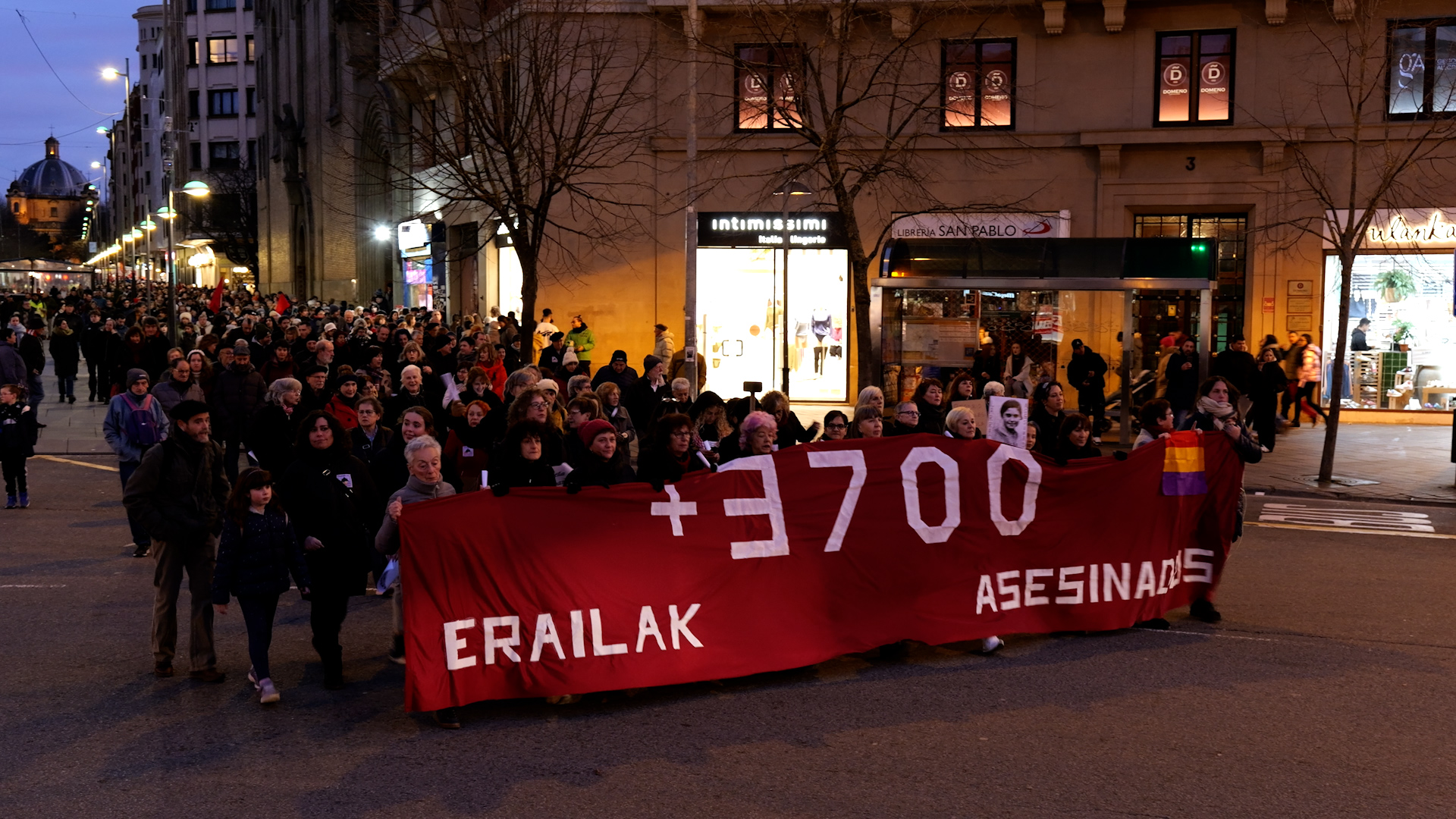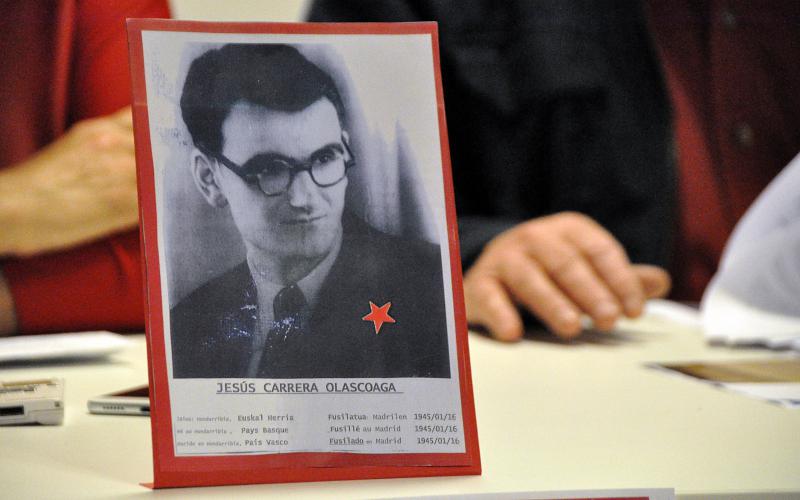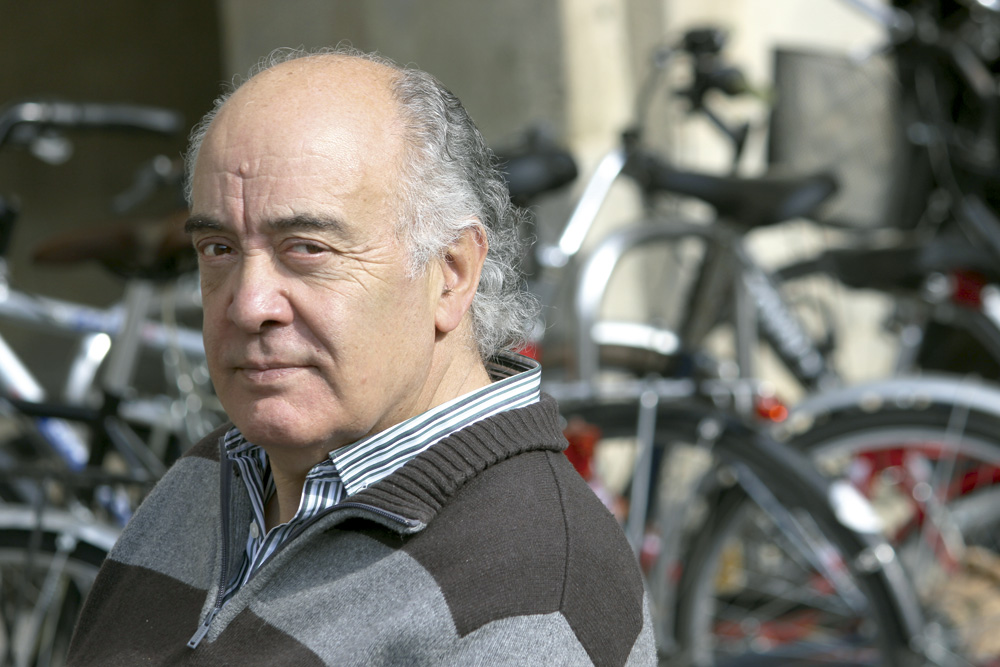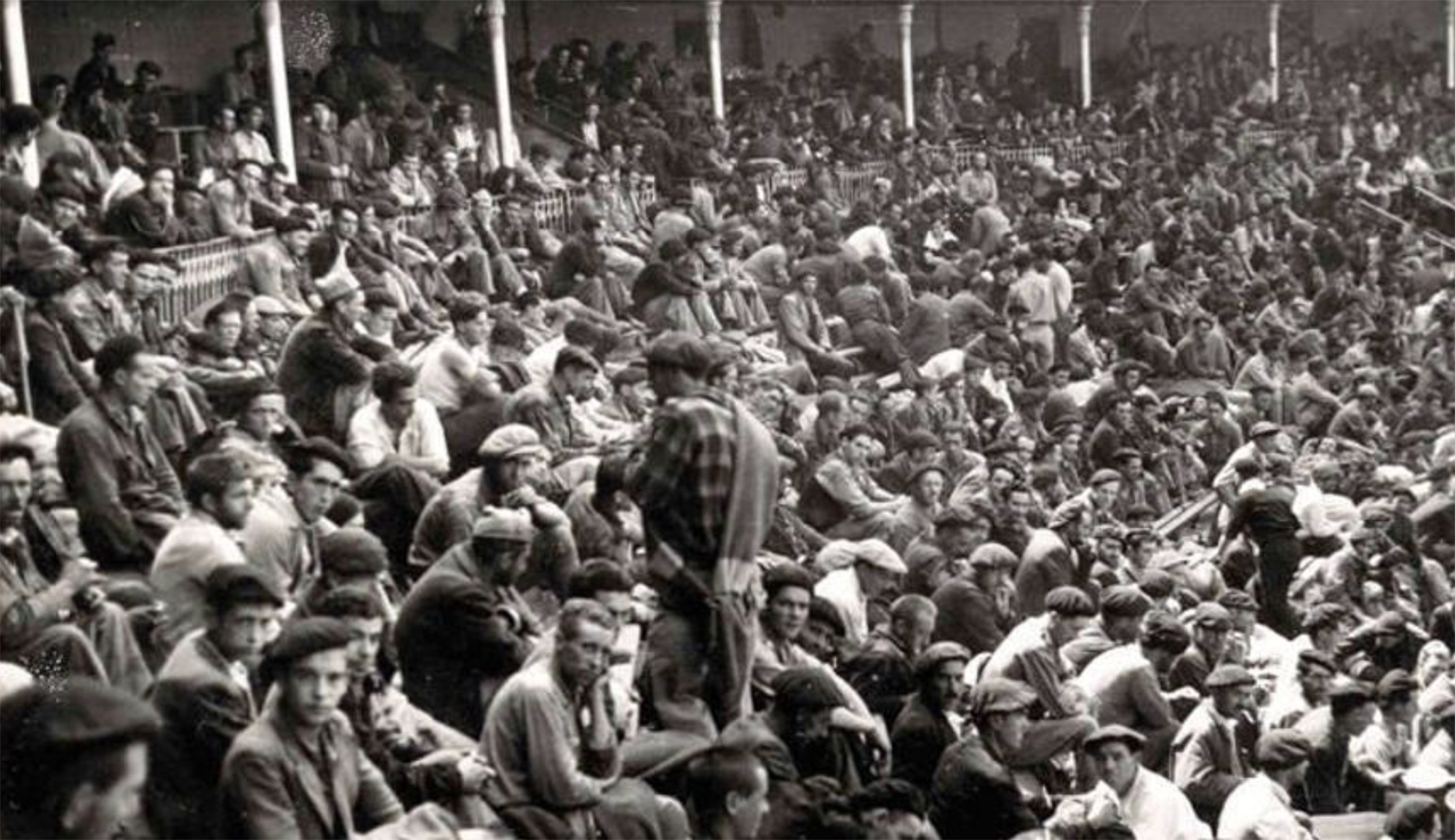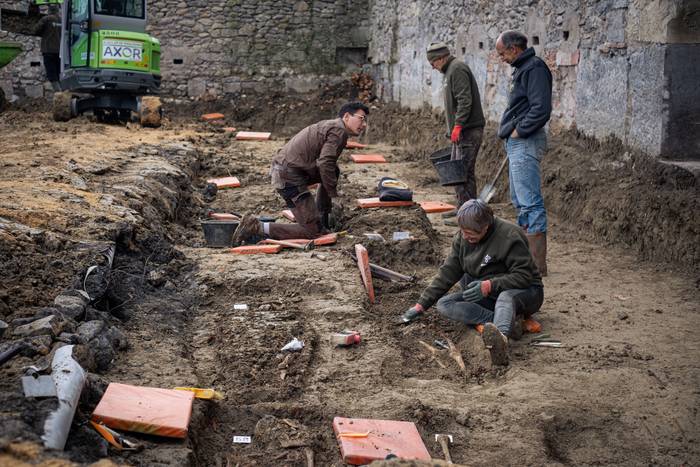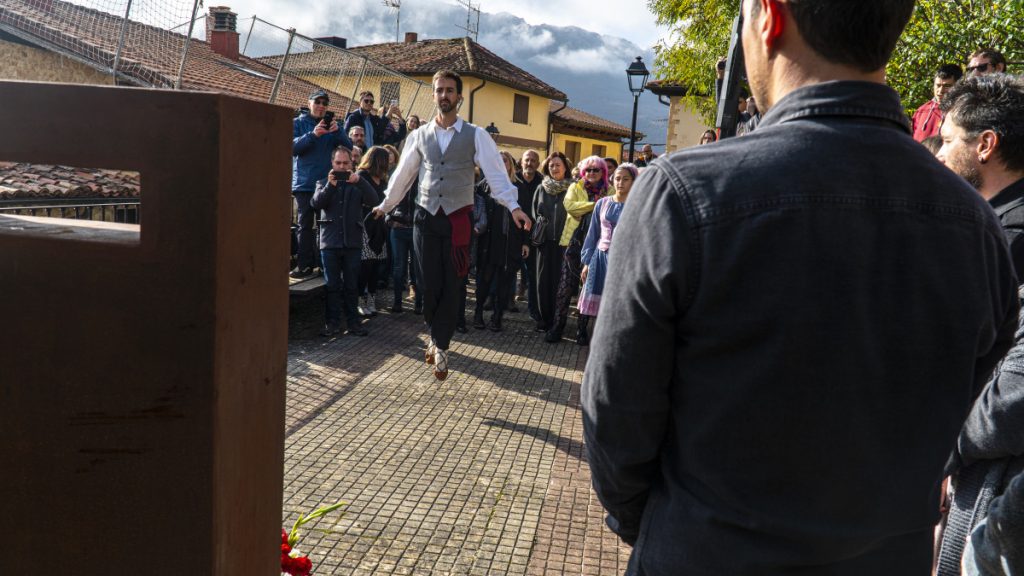Four former Spanish presidents write a letter to Judge Servini in support of Martín Villa
- In Argentina’s lawsuit to investigate crimes against the humanity of Franco, the former minister of the Spanish Government in the 1970s will make a statement this Thursday. Its sponsors have valued their work for "democracy" in the Basque Country. The victims of Franco, for their part, have pointed out that he was the most politically responsible for the bloody police massacres of those years.

The former presidents of the Spanish Government Felipe González, José María Aznar, José Luis Rodríguez Zapatero and Mariano Rajoy have drafted a letter of support to the Argentine Judge María Servini in which they defend Rodolfo Martín Villa. On Thursday, the former leader of the Franco regime must appear before the Argentine Embassy in Madrid, under investigation as charged in the case opened for crimes against humanity.
In their letters, the ex-presidents praised the work of Martín Villa "in defense of democracy" he has done. For example, Felipe González says that his position was “unblemished”: “He made a great commitment to the respect, protection and development of the rule of law.”
Martin Villa was Minister of Government in Spain between 1976 and 1977 – he was formerly a prosecutor and civil governor of the Franco courts – and during his high office the police committed a massacre against the workers on March 3, 1976 in Vitoria-Gasteiz, killing five people and causing gunshot wounds to thousands more. He was also Minister of the Interior when there was an indiscriminate police aggression in the Sanfermines of 1978.
Isolated cases
On the contrary, José Luís Rodríguez Zapatero says in his paper that “helped consolidate the emergence of democracy.” The former socialist president explained to the newspaper El Diario.es why he wrote the letter in his personal account: “Without it you cannot have an objective opinion.” Speaking of the massacres committed in those years of the Transition, he admitted that “there may be some isolated case,” but “we have to see what the Francoist police were like.”
In addition to the former presidents, the former secretaries-general of CCOO and UGT, the former ministers and other senior dignitaries have also sent letters to the judge, including the PSE-EE secretary-general, Nicolás Redondo Terreros, and the right-wing politician Jaime Ignacio Del Burg. Thus, the former secretary general of CCOO, Antonio Gutiérrez, stated that the imputation "distorts the process of transition to democracy".
Martin Villa has said that, in addition to defending himself, he wants to defend “one of the best moments of our recent history.” To do so, he has sent letters from powerful and significant men to the office of the judge who is to judge him.
Bilbo, 1954. Hiriko Alfer eta Gaizkileen Auzitegia homosexualen aurka jazartzen hasi zen, erregimen frankistak izen bereko legea (Ley de Vagos y Maleantes, 1933) espresuki horretarako egokitu ondoren. Frankismoak homosexualen aurka egiten zuen lehenago ere, eta 1970ean legea... [+]
Deportazioaren Memoriarako Euskal Koordinakundeak aintzat hartu nahi ditu Hego Euskal Herrian jaio eta bizi ziren, eta 1940tik 1945era Bigarren Mundu Gerra zela eta deportazioa pairatu zuten herritarrak. Anton Gandarias Lekuona izango da haren lehendakaria, 1945ean naziek... [+]
Pamplona, 1939. At the beginning of the year, the bullring in the city was used as a concentration camp by the Francoists. It was officially capable of 3,000 prisoners of war, at a time when there was no front in Navarre, so those locked up there should be regarded as prisoners... [+]








